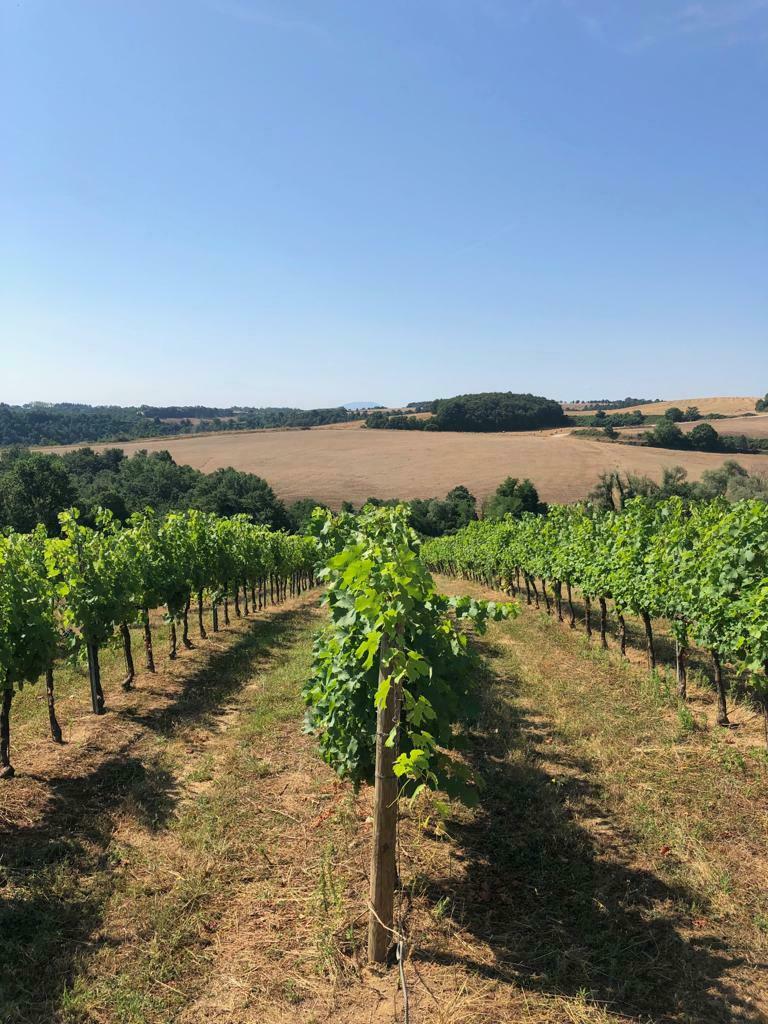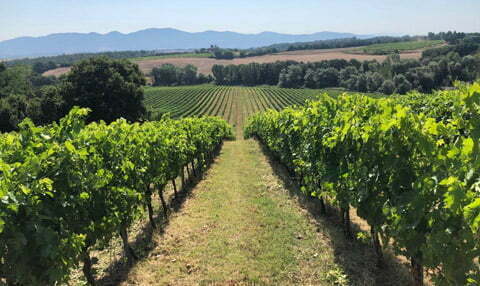who we are
Our Story
The antimicrobial efficacy of burning sulfur crystals in containers used for food transportation and storage was already known to the Ancient Romans, but only from the early 1900s, people began to use sulfur dioxide, in the form of gas or metabisulfite salts, by adding it directly into foods to improve their resistance to microbial oxidation and alteration.Sulfur dioxide is a toxic gas for human metabolism, and if taken in large doses it can cause serious health damage, as well as having a strong organoleptic impact.Among the foods that contain significant concentrations of this gas is wine; in fact, legal limits allow concentrations ranging from 150 to 200 mg/lt.Fortunately, the ever-increasing food awareness and sensitivity to health issues among the younger generation are influencing manufacturers to increasingly reduce the use of this element.
For the past few years, wines without added sulfites can be found on the market, but they often taste strongly oxidized, and sometimes with incipient microbial defects that invalidate their organoleptic peculiarities.


In the early 2000s, some companies put on the market plant-derived molecules that had antiseptic and antioxidative efficacy, and since 2007 they have been using a grape seed extract and plant proteins that added to wine instead of sulfur dioxide has not only made it possible to have microbiologically healthy wines, but also stable with respect to oxidation and, most importantly without the devastating organoleptic interference of “SULPHITES”.Since 2007, with the key input of a group of oenologists and biotechnologists, a series of specifications have been developed, allowing this method to be adopted for the production of wines without the addition of sulfur, both in still wines (white and red), sparkling wines (both methods) and sweet wines.
Today more and more wineries are developing the use, in their work protocols, of this technology, and the wines produced turn out to be stable over time, preserving the best organoleptic characters of strong territorial expressiveness and strong recall to the fruity scents of the starting grapes.It is precisely this last aspect that is of enormous communicative interest, in fact, if we do not want to consider the health aspect of drastically reducing the presence of sulfites, (amount < to 10mg/lt sulfites naturally produced by yeast), and in view of the fact that the average concentration of alcohol in a wine turns out to be equally important for human health, it is equally crucial to expose that a wine without added sulfites achieves a natural stability, not altering the organoleptic values of the grape fruit.Therefore, all the chemical-physical treatments to achieve such stability are drastically reduced and the result of a stable wine, and one that lasts over time without external intervention, allows the original organoleptic characters of the starting grapes to be emphasized, and the lack of a very strong olfactory-gustatory interfering agent such as sulfur dioxide allows the efforts made by the producers to respect the historical and traditional characters of the territories to which they belong to be recognized. Therefore, it can be argued that.
a wine produced under our specifications are more expressive of the “TERROIR” of origin, and maintain these characteristics over time
.





WAS©
Was© is a quality label, with a control specification, certifying the absolute lack of use of sulfur dioxide in winemaking.
The control of the presence of sulfur dioxide in the bottle is certified by independent Analytical Laboratories, which check the percentage of Total Sulfur dioxide present respecting the legal limits (<10 mg/lt).

WAS©
Was© is a quality label, with a control specification, certifying the absolute lack of use of sulfur dioxide in winemaking.
The control of the presence of sulfur dioxide in the bottle is certified by independent Analytical Laboratories, which check the percentage of Total Sulfur dioxide present respecting the legal limits (<10 mg/lt).

